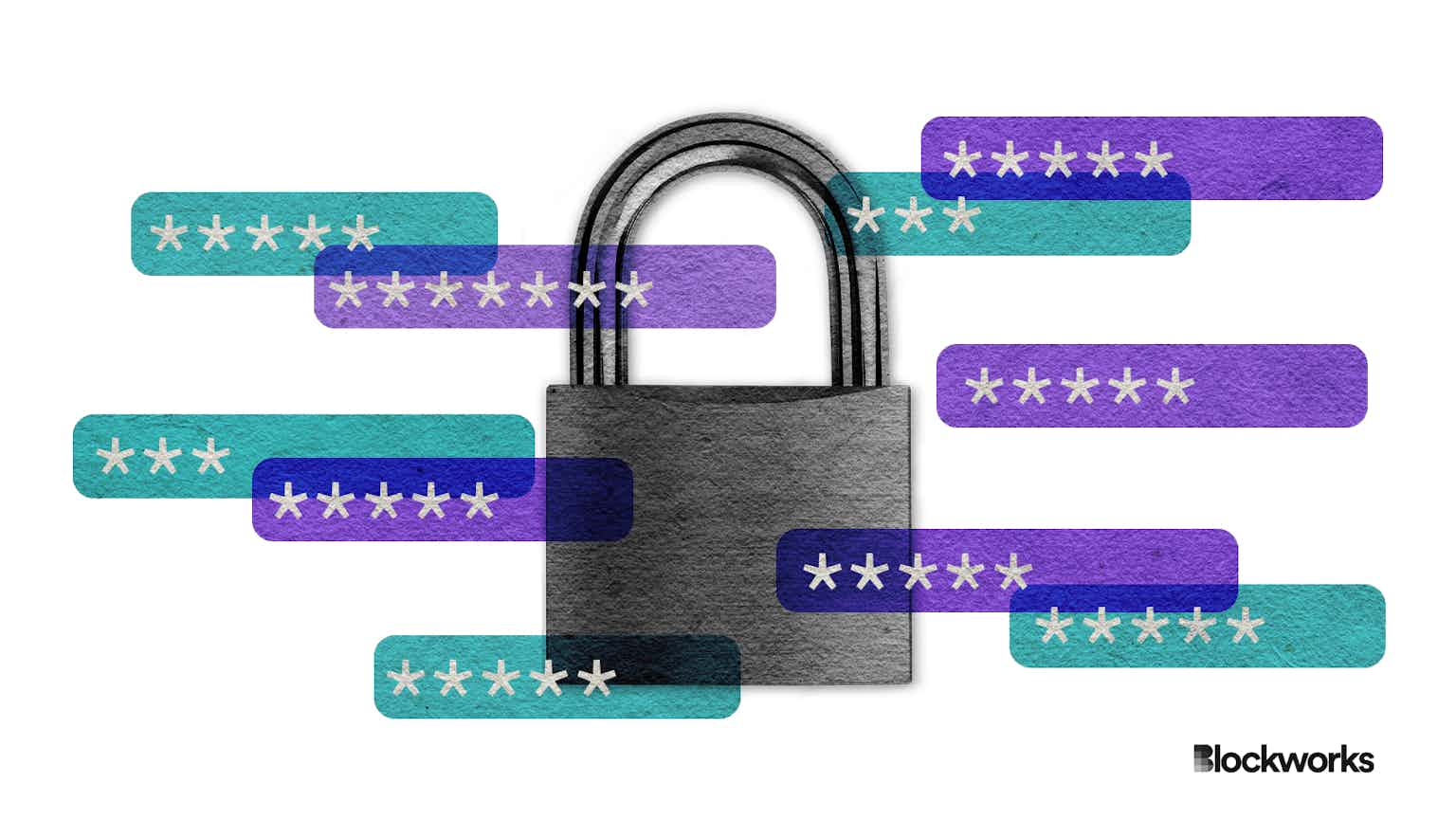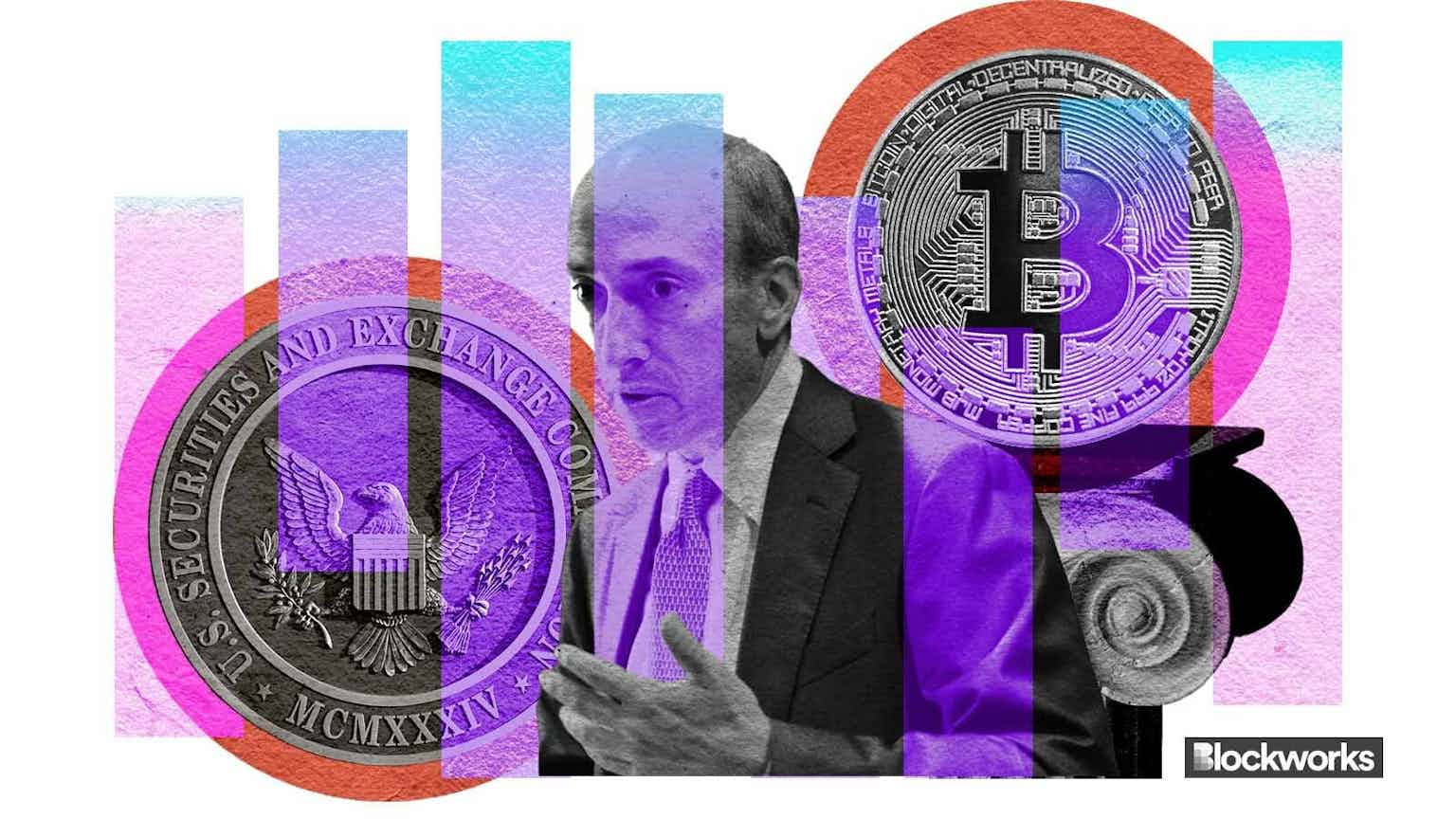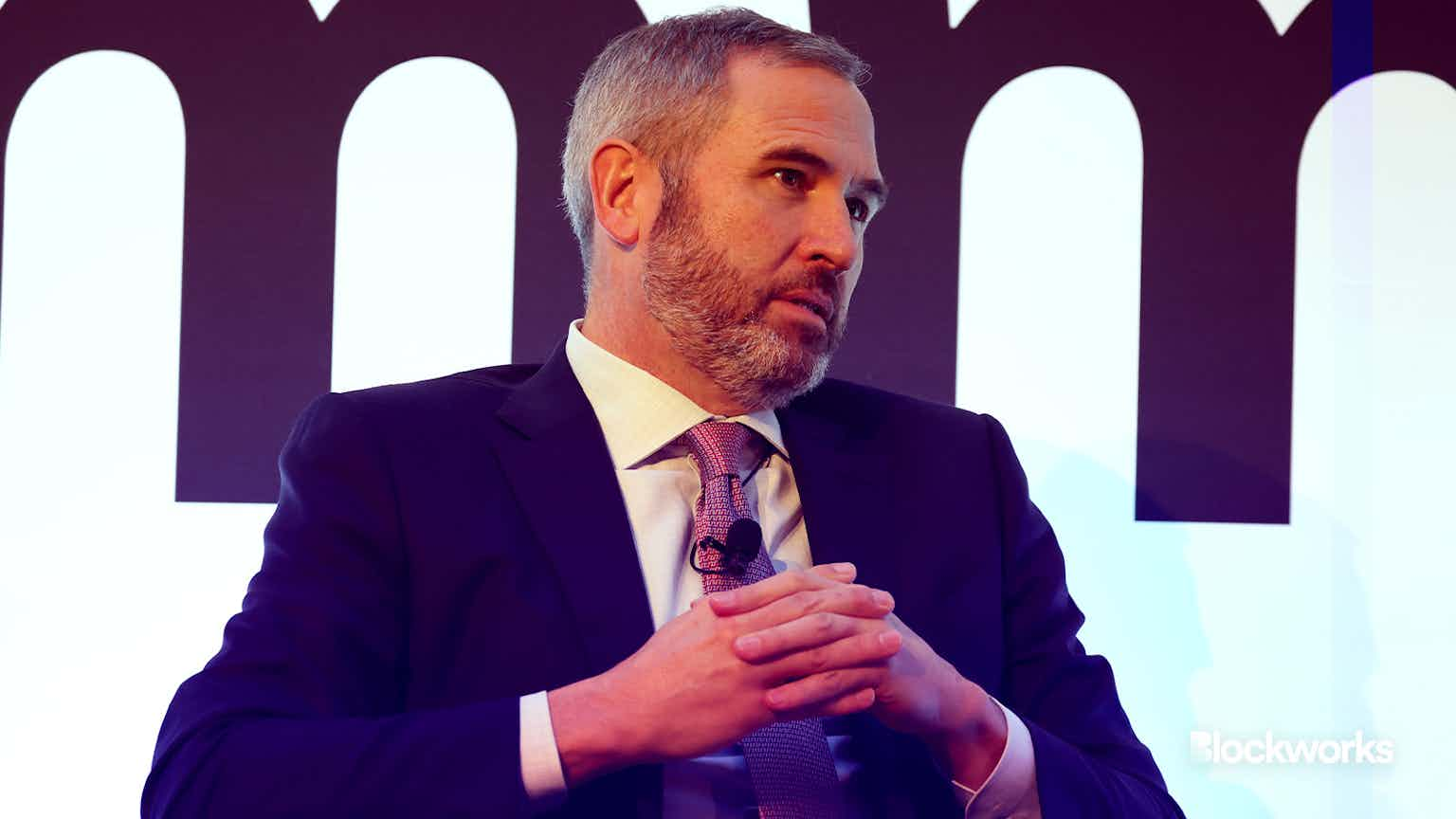Don’t let wallets be crypto’s bottleneck
Wallets still have a long way to go before they can be recognized as a trustful financial tool for the everyday person

Midjourney modified by Blockworks
There’s a lot of expectation that 2024 will be a boom year for Web3.
But while this might be true as far as the markets are concerned, it doesn’t mean much if the average user can’t inclusively participate.
We’re holding up our own growth by overlooking a huge bottleneck — wallets.
Everyone can agree that wallets are simply not good enough.
But what if, for a moment, we were to take a step away from the technical barriers of wallets and think about the associations of the term “wallet?” The whole crypto industry already has a reputation for being a bit of a boys’ club, so is the use of the name “wallet” helping the cause?
Rather than wallets, can we have purses, handbags, briefcases? Can they be personalized to enable the user to extend their personality in the same way that a person interested in fashion might carry a designer bag or someone might wear custom shoes?
Different variations may also be attractive to brands looking to enter Web3. A Louis Vuitton crypto handbag or a Mulberry purse would potentially be more appealing for those looking to set up a crypto wallet.
Names aside, we lack brand variation, and year after year, we see few improvements made to the wallet experience. Those made are either ineffective, focused on specific communities or incredibly costly.
If the crypto industry wants to create a financial system that provides real-world and customizable value to people, we need to double down on designing wallets that are used for more than just trading, appealing to both everyday consumers and core consumers.
Wallets have a reliability issue
Crypto was initially designed as a global financial system, accommodating those disconnected from the global economy. Billions of people are situated in countries with struggling economies, suffering from high inflation rates and poor financial infrastructure. They rely on using crypto as a trusted financial asset rather than a speculative asset class.
However, the Nigerian Court’s current ban on crypto exchanges and the subsequent debacle with Binance indicates that exchanges remain the primary avenue into crypto, with wallets lagging behind. Why is that?
Put simply, the learning curve for wallets is steep. Terms like transaction hash, gas, nonce, smart contracts, hot/cold data storage, and many others are also littered across interfaces without much guidance or explanation.
Read more from our opinion section: Crypto is totally a Lego financial system — and that’s a good thing
Wallets in their current iteration are geared toward traders who choose to profit from speculating on the industry. This is how we end up with dominating headlines around memecoin frenzies.
And from a security standpoint, wallets are plagued with poor protective measures that leave users vulnerable. This has led to many hacks and “fat finger” moments as seen with major businesses such as Paxos and Alameda, resulting in the loss of millions.
These incidents encourage users to install additional third-party software to bolster their wallet’s security, which in turn increases their exposure to malicious software. This creates a clunky experience that proves tricky for the industry’s most experienced users and even more so for newcomers.
With people feeling discouraged from using wallets, we end up bottlenecking crypto adoption. Onboarding users either turn toward exchanges, which as we’ve seen can be even more dangerous, or avoid entering the space altogether.
Wallets have a long way to go before they can be recognized as a trustful financial tool for the everyday person.
Where’s the variation?
Beyond design and reliability issues, we’re also left with the fact that wallets struggle to make a name for themselves.
Dozens of new wallets essentially function the same as one another. What’s more, leading exchanges have also joined the fray, announcing the launch of their own self-custody wallets. Judging by their custodial track records and mismanagement of user funds, it doesn’t feel particularly encouraging.
We are left with a homogenous pool of wallets that primarily serves for revenue accumulation or to make up the numbers.
At the end of the day, people want to use financial tools to achieve everyday transactions such as buying groceries and paying rent. Inviting the user into the decision-making process will allow them to contribute to the implementation of features that they want to see in their wallets. What’s more, it provides an avenue for wallet providers to organically develop distinctive brand identities, much like we see with DAOs and NFT collections.
Paving the way forward
We can start by taking a page from the book of experienced banking and fintech players, implementing measures like reducing information density, moving to mobile and building security measures that are easy to understand and use.
Coupled with the customizability in design that crypto affords, and in fact encourages, we can reshape the crypto wallet experience once and for all, moving beyond technical interfaces so that users can intuitively manage their digital asset holdings.
Achieving this would be a major step toward enhancing the DeFi experience. Users would no longer have to rely on checking Crypto Twitter to see that there’s been an issue with the application they have put their savings on. Instead, they would have access to real-time alerts of any hacks or scams.
If we want to enrich the wallet experience, we must look beyond crypto as purely a payments system and begin taking advantage of its ability to function as a social layer. Crypto has the power to bring communities together based on aligning interests, and wallets are well-positioned to leverage this social infrastructure.
Start your day with top crypto insights from David Canellis and Katherine Ross. Subscribe to the Empire newsletter.





